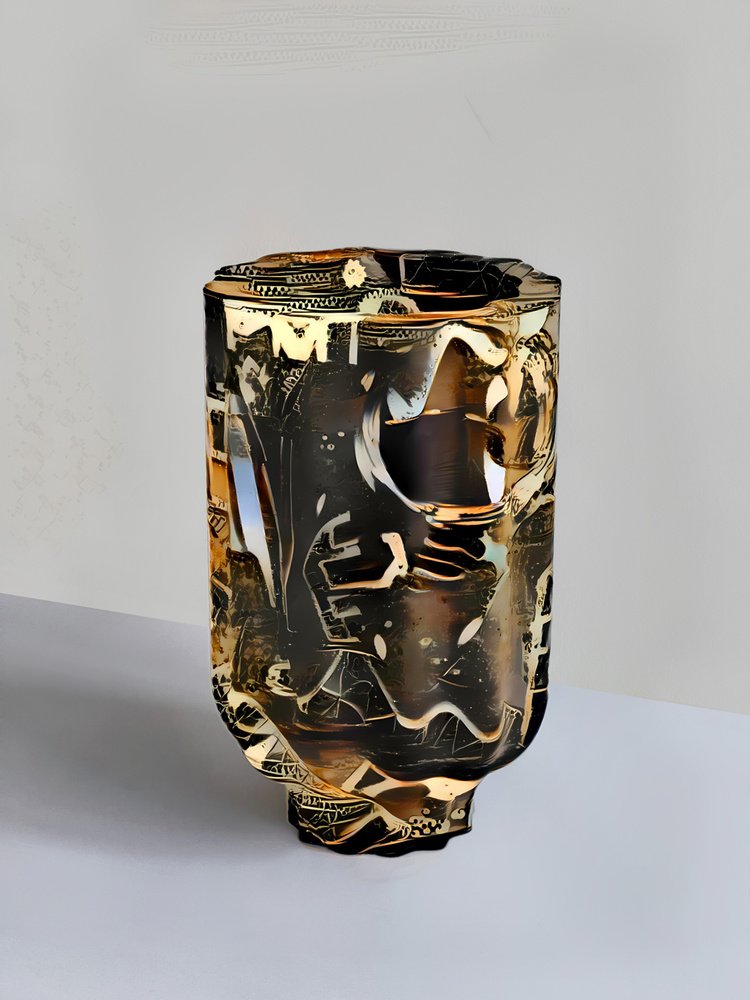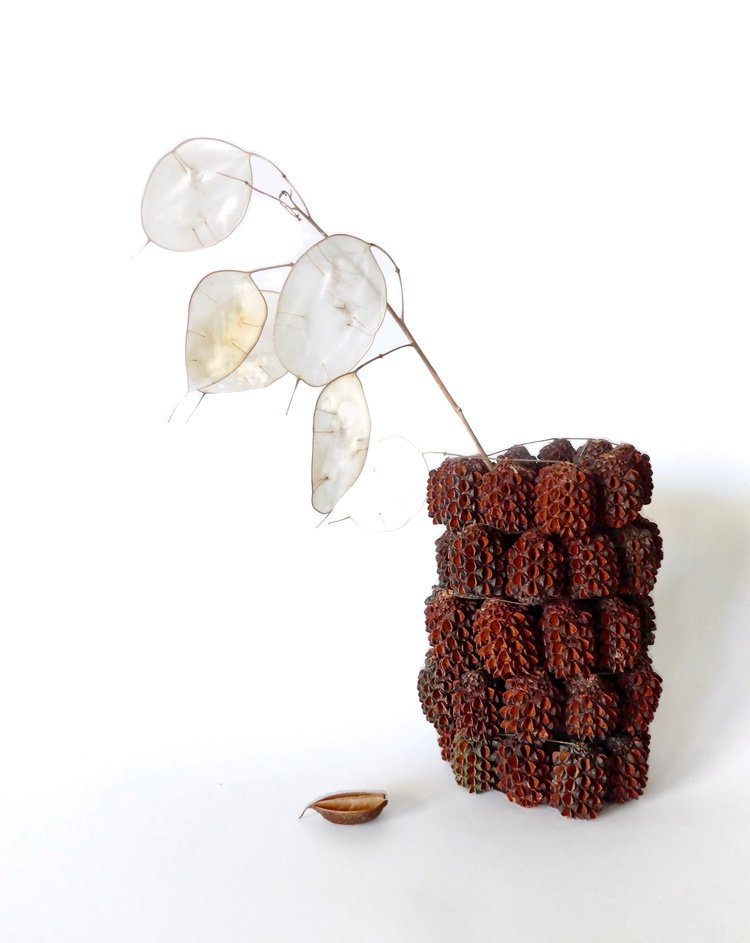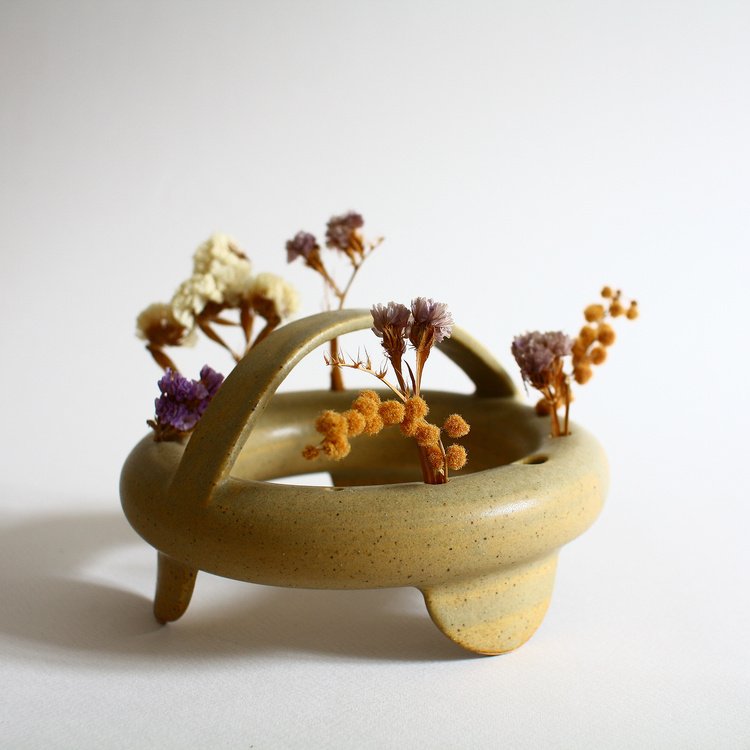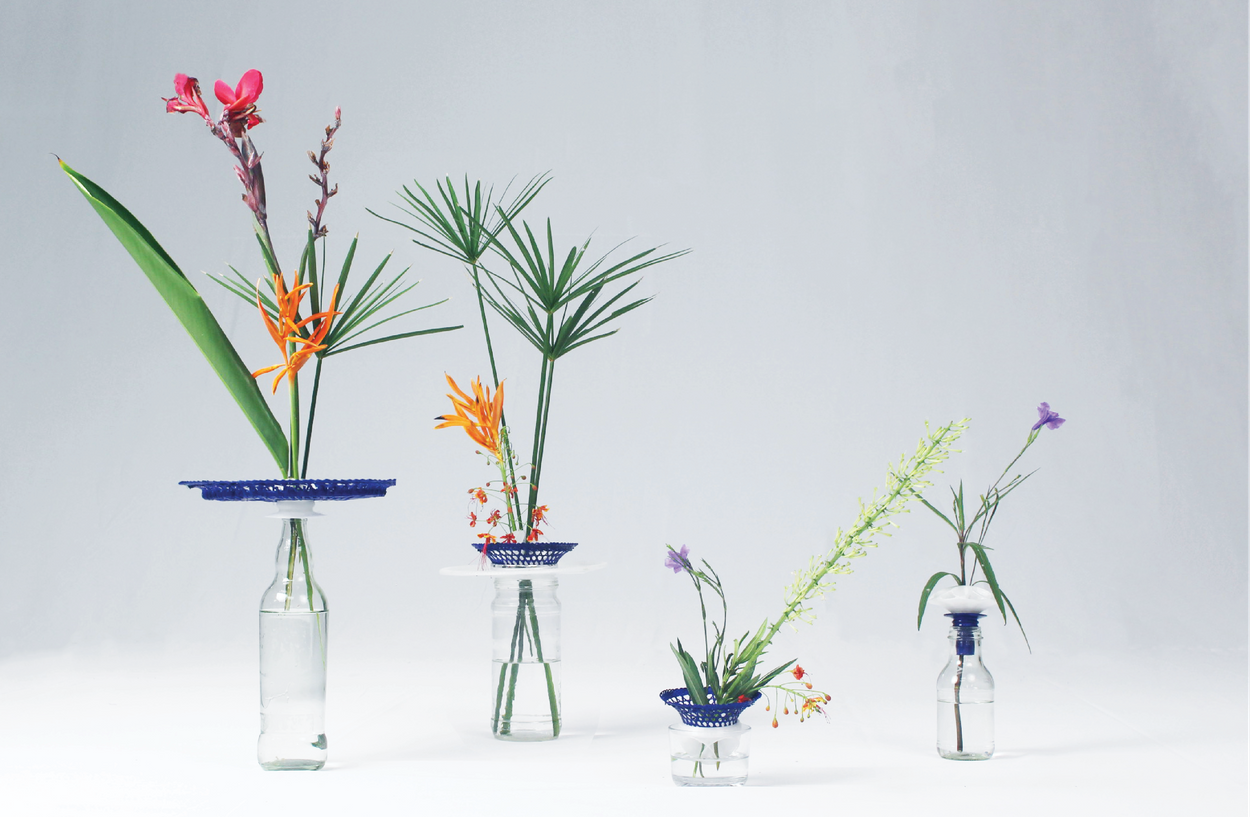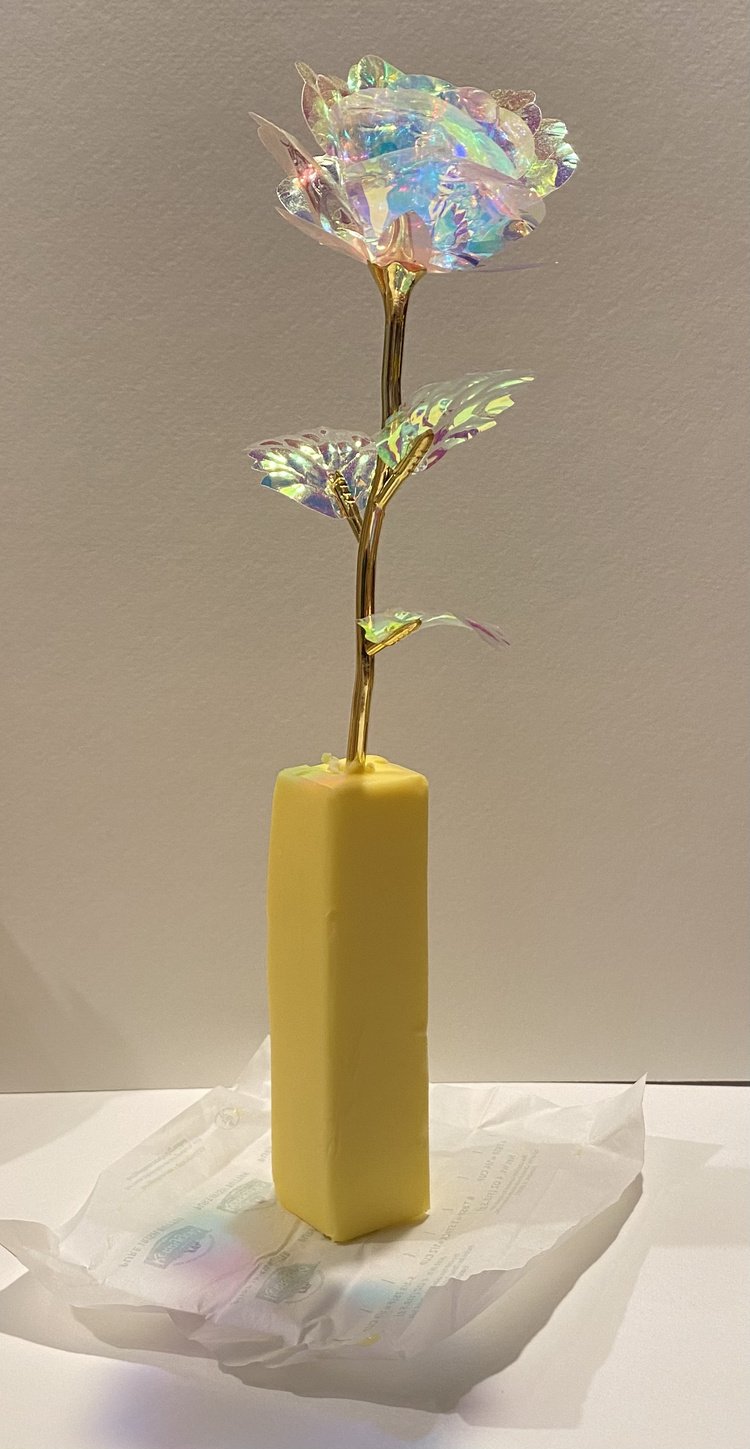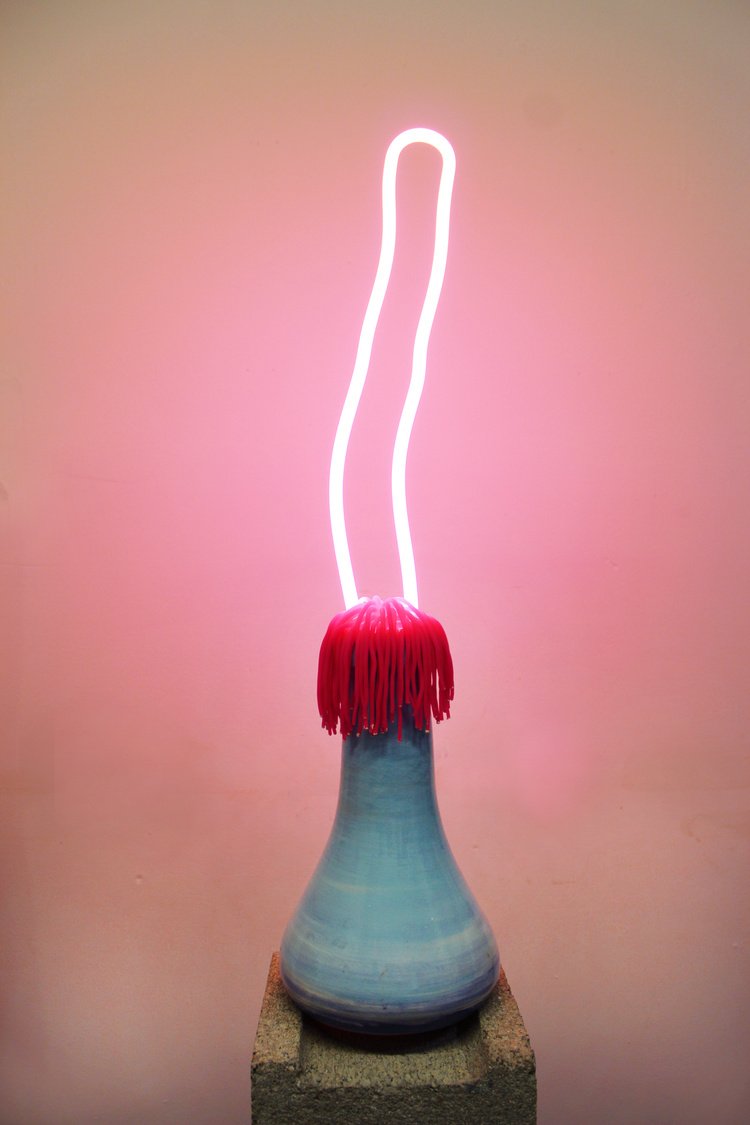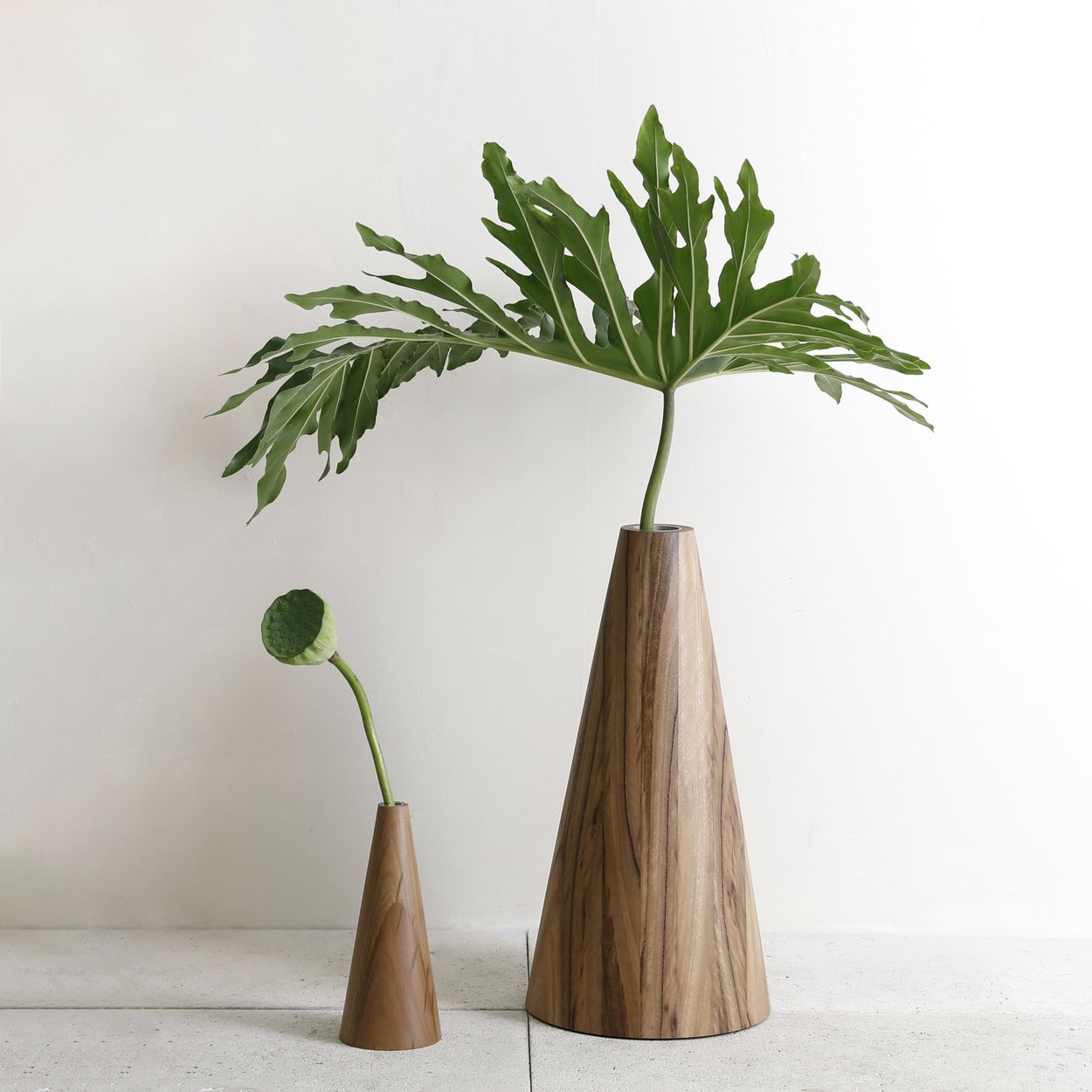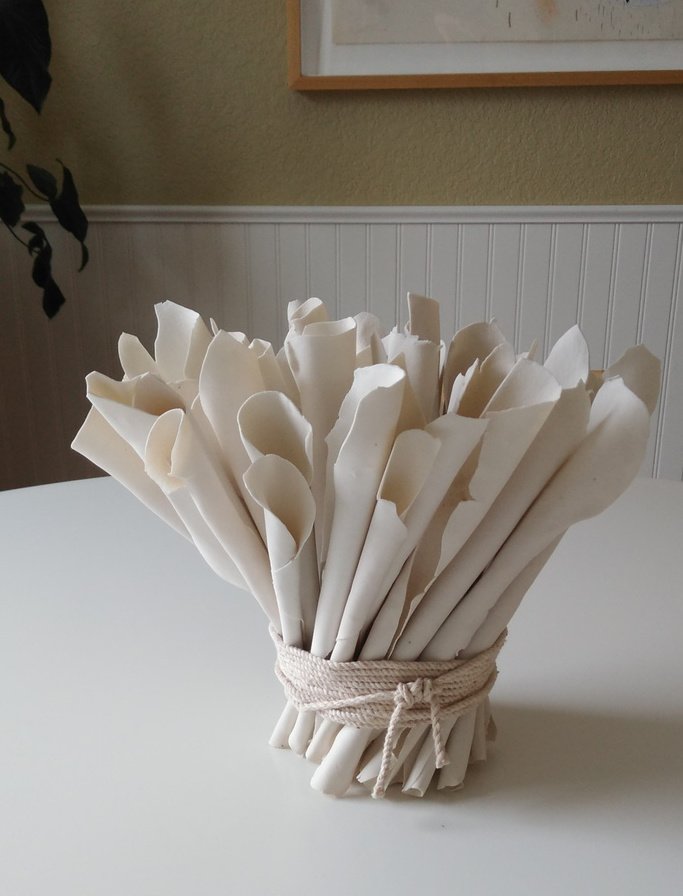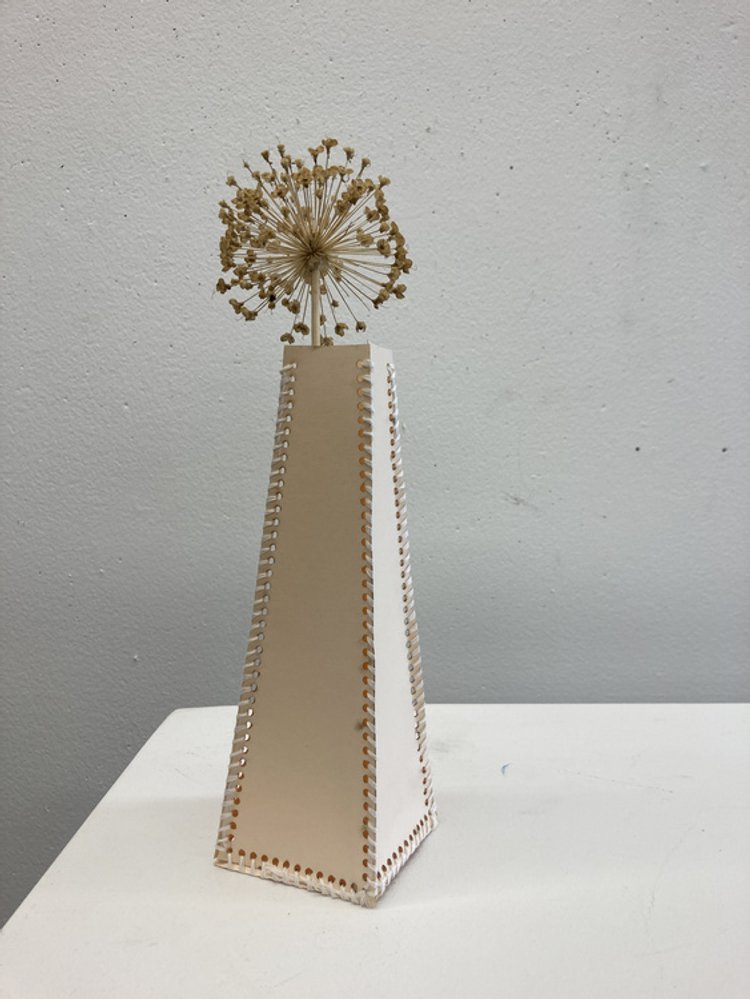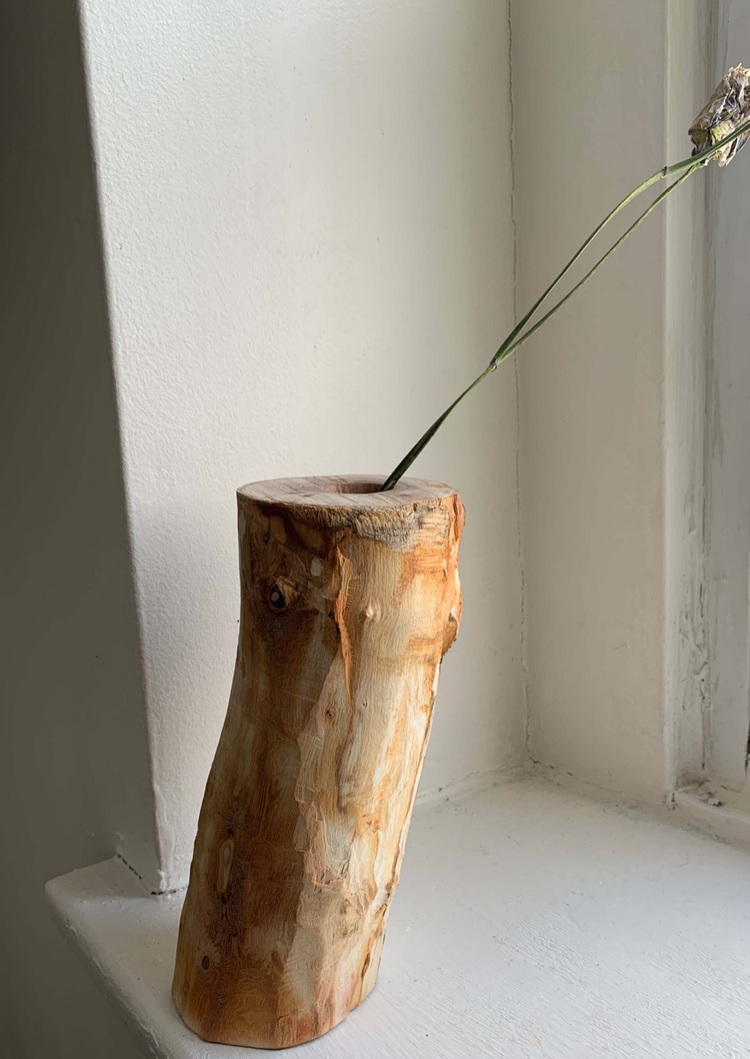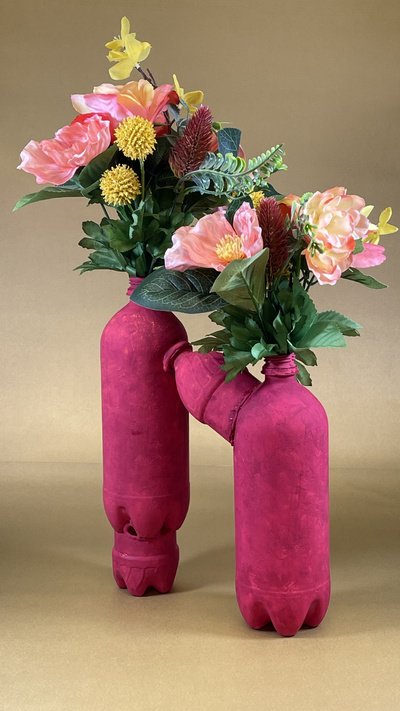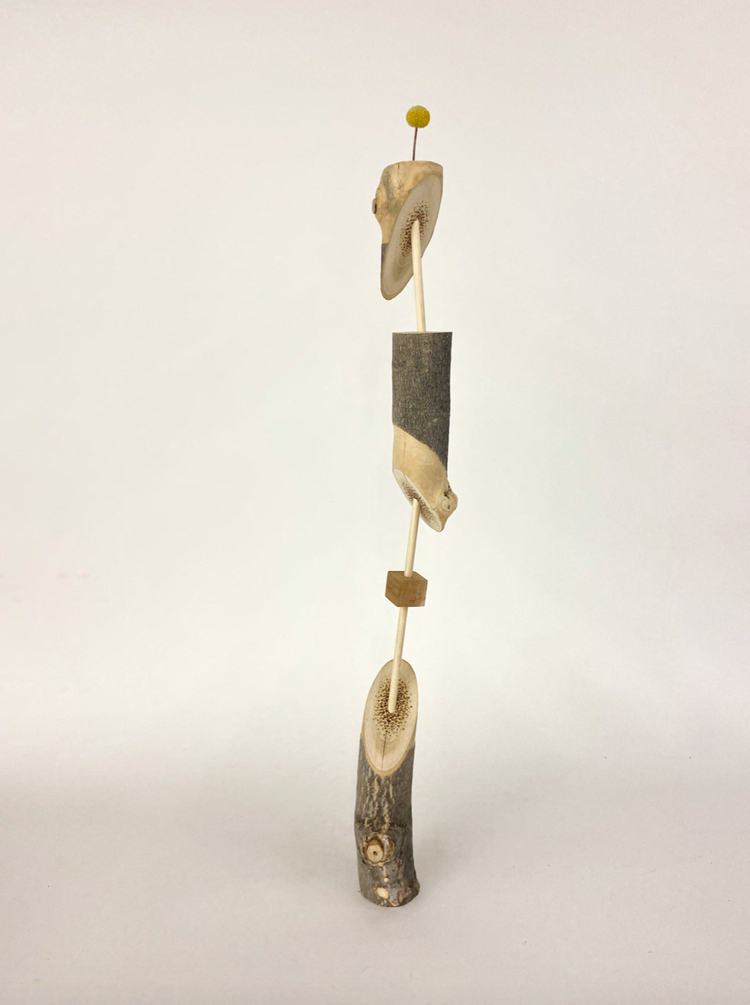Sharefolder Fantasy: Anyone Can Create
Interview with Dale Hardiman
A chance digital encounter between two creators began a worldwide collaborative project that invites us all to consider why we wait to be asked to create.
We sat down with Melbourne-based designer Dale Hardiman, co-founder of furniture and object brand Dowel Jones and collaborative project Friends & Associates. Alongside artist and designer Mark Dineen, they asked anyone and everyone worldwide to participate in a new exhibition by simply making a vase and sharing a photo of it.
Presented at Australia’s largest design fair Melbourne Design Week 2022, Sharefolder Fantasy is a digital exhibition that can be viewed at sharefolderfantasy.com.
Tell us about collaborator Mark Dineen. How did you two connect and come up with this concept?
This time last year I shared an Instagram post and Mark shared the picture back to me with random text. I was confused and sent back, ‘What does that mean?’
He happened to be cooking dinner and hit his phone and that’s how we got talking. Turns out, we’d both been following each other’s careers from the other side of the world since we began in design. He’s in Colorado and I’m in Melbourne.
After our first video call, we realised that there were so many overlaps between the two of us – environmentally, politically, socially. The fact that we are in two different countries made that interesting. It’s like realising that you exist in another country, in another person and they exist within you in another country. That was the basis for the beginning of the project.
Mark is an Assistant Professor at Colorado State University. He’s an educator and a lot of the work I do is in the facilitation of design. So often in art and design it’s about heroing the individual and we thought it could be more interesting to create a project that heroes other people around us.
Why vases?
You can make a vase from many household objects without adding anything to it. You can also make a vase as complex as you’d like. Vases are fascinating objects when you really think about it and they’re found in almost every corner of the world.
We defined vases as any object that can hold or present another material, this includes car exhausts, letter boxes, an open book, or even a glass of water.
What can Sharefolder Fantasy teach us about decentralised manufacturing?
The majority of the population has this inherent ability to create yet for some reason we don’t. It’s almost like a human instinct to want someone to ask you to do something to stimulate that kind of creativity. Many people produce most of their bodies of work while studying because they’re being asked to create. We thought we could act as the body that creates the question.
With this project, we are fighting the impulse to create defined, material objects in the well-trodden fashion of artists and designers. At the heart of the project is what we envision as a global scale manufacturing centre composed of, and controlled by, all the participants in the project. This manufacturing centre is both instantaneously materialised and totally decentralised.
Underpinning the exhibition is a humanistic outlook on the state of the world, in spite of the worst consequences of global marketplaces. Consequences which we have witnessed, but also readily accepted, in the pursuit of more. More stuff, more space, more people, more power, more everything. This project rejects the production standards and instant availability of consumer culture in order to invite expression and radical inclusivity.
I can only imagine that a lot of people will keep hold of the objects they’ve created. The inherent value of the emotional connection to the work means that it’s valued so much higher than something they could buy. This idea of decentralised manufacturing lends itself to globalisation, capitalism and the act of self expression through localisation.
Made using salvaged eucalyptus tree bark that had fallen on roads and sidewalks. By Joanne Odisho in Melbourne, Australia.
Are there any submissions that surprised you?
We were really surprised by the quantity. This first exhibition is a prototype. You’ve got to set the precedent and work out if it works first before doing any further series. We thought 50 would be great for a digital show. And then we received 203 vases.
We had submissions from South Africa, UK, Thailand. One of the most surprising submissions we received early on in the project was from a French creative. We hadn’t promoted the show widely and I was surprised they had even learnt about the project.
So much of the project’s growth in terms of submission quantity was by word of mouth, which I think lends itself well and makes a lot of sense for a project that has no economic gain for Mark and I. The intention of the project from the beginning was about stimulating creativity across the world.
"It’s almost a human instinct to want someone to ask you to do something to stimulate that kind of creativity."
3D printed vase using wicker bamboo by Peerasin Hutaphate in Bangkok, Thailand.
"Maybe this is a growing space in contemporary design and architecture – that it’s not so much about heroing the individual. It’s about facilitation and the allowance of creativity globally."
What's next for Sharefolder Fantasy?
This exhibition is digital so we’re not tied down by geographic location or the ability to be somewhere. It was part of Melbourne Design Week this year and now we have plans to do design fairs in other countries.
We had about five students from a school in regional Victoria submit work for this exhibition. They can now go on to say on their resume and applications for art and design schools that they’ve been part of a show that was part of Melbourne Design Week.
This exhibition is built on people. We asked people to take time out of their day, use their own money and take their own photos to produce a work, so it really is a democratisation of creativity. Now we have a long list of people who are interested in talking about the next exhibition. They’re willing to again invest their own time and money to be part of something that is other than themselves. Maybe this is a growing space in contemporary design and architecture – that it’s not so much about heroing the individual. It’s about facilitation and the allowance of creativity globally.
Sharefolder Fantasy is a digital exhibition that can be viewed at sharefolderfantasy.com.


